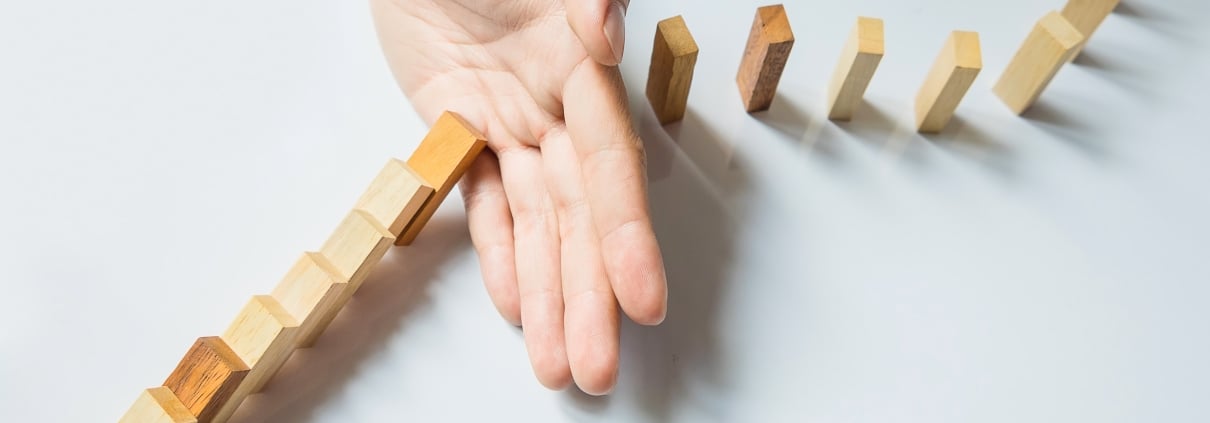Many businesses make the mistake of confusing “Disaster Recovery” (DR) with “off-site data backup.” Confusing the two may lead to paying a high price in the form of data loss and downtime when a disaster hits. Off-site backups are a necessary part of business continuity in the face of disaster for nearly any organization, but DR goes a step beyond – addressing service availability, not only data durability.
Off-Site Data Backup
Data backup describes the capturing of a point-in-time set of data to a local device, or to a device at another location. There are some online services that offer general data backups. Tape drives, USB drives, and network attached storage are able to save your data as well. You can typically view these backups whenever you want, optionally restoring that data to wherever you want. Usually, backups are made repeatedly at regular intervals to keep up with data changes.
However, protecting your business from downtime is also important. For example, if a critical server fails and you only have its data backed up, services cannot be restored quickly. To get back up and running, the server would need replacement, data and software reinstalled, and finally additional configuration applied. This could take anywhere from a few hours to a few days.
It takes a long time to restore data from off-site backups — even if employing high-throughput cloud services like AWS S3, it can still take an inordinate amount of time to copy the entire data set over most WAN connections. Can you afford to lose days’ worth of business presence? Will your customers wait patiently for you to restore data and services? Will they be exploring your competitors’ offerings while they wait?
Disaster Recovery
Backing up your data is always imperative. Therefore, the question is whether or not you need a higher form of business continuity by having a DR solution. Knowing if you should also use DR in addition to backups depends on the availability requirements of your business. If you need your services and business functionality up and running as quickly as possible after a significant technical failure, or if your business will not tolerate the total failure of a location, then you need DR. DR prevents your company from significant losses of not only data, but also downtime.
It’s difficult to describe DR without first defining business continuity: a collection of policies, technologies, and practices that can be applied to survive significant destruction or unavailability of resources — often addressing a geographically significant scale of capacity. DR focuses on the technical aspects of business continuity.
DR mitigates the effects of significant loss from events such as natural disaster, a power grid failure, or human error.
In 2003, a high-voltage power line in the US state of Ohio brushed against some overgrown trees and shut down. This sort of problem usually triggers an alarm, but the alarm system had failed. As system operators were trying to diagnose the problem, three other lines also brushed into trees and switched off. The nearby lines shouldering the extra burden were overtaxed and caused a cascade of failures throughout southeast Canada and eight northeastern states.
This event – concluded to be the result of human error and equipment failures – caused 50 million people to lose power for up to two days and is recorded as the largest blackout in North American history. It cost roughly $6 billion dollars in economic losses.
Although this was a rare event, and by no means the only event that could cause data loss, current statistics indicate a blackout of this level will occur every 25 years. Companies that had a DR solution were able to fail over services to an already established system of backup services and equipment and use the up-to-date data that was being actively replicated from the failed site to the DR site.
You can learn more about DR in this ten minute explanation here:
In short, DR enables your team of employees to get back to work managing your customers’ data with little downtime. DR keeps redundant sites as up-to-date as possible with each other, and also available to take over service providing duties in a worst-case scenario.
Overview
At some level, you need both off-site data backup storage and disaster recovery, and to know the difference between the two. It’s important to understand what amount of downtime your business can tolerate. A few minutes? A few days? Are you prepared to suffer from data losses? Significant data losses happen under many different circumstances. It’s up to you to define the amount of loss you can accept in a worse-case scenario. For the applications you find most critical, it might make the most sense to hold live replicas off-site, and even have a mechanism to automatically fail over your primary site to a secondary site to ensure continuity in the face of disaster.
Learn More
Would you like to hear a more technical explanation of Disaster Recovery and High Availability (HA)? Check out LINBIT®’s DR and HA solutions pages, or our videos, or technical guides. We’re always happy to evaluate your DR strategy. Contact us to learn how we can help.
Disaster Recovery (DR) Explained Video


